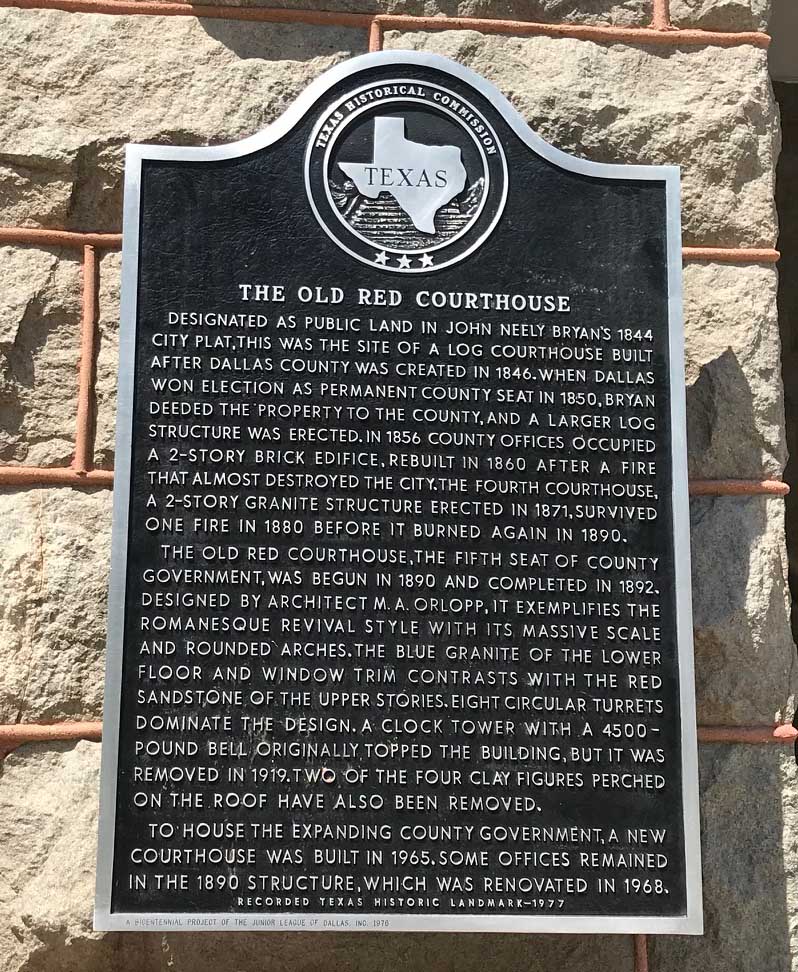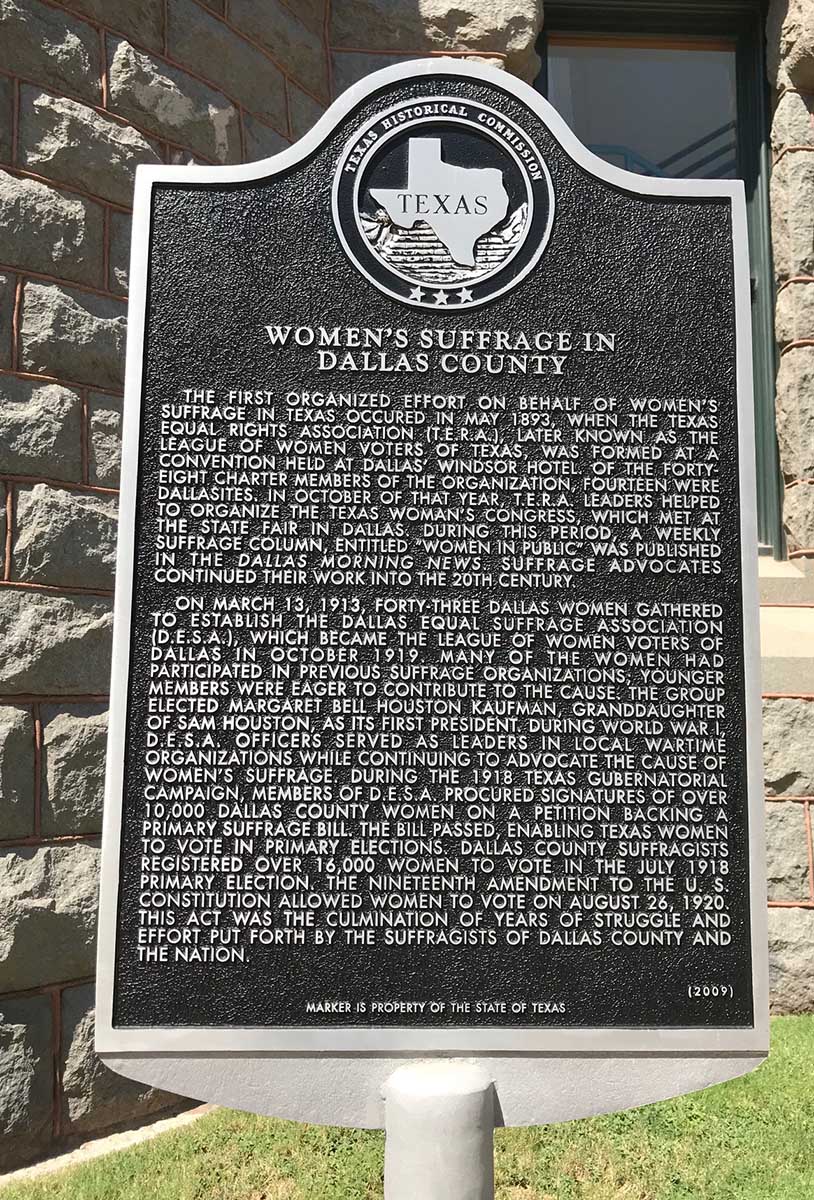I don’t know about you but when I travel I’m curious about the historical buildings, deserted homes, and the cemeteries that pass by my window. Unlike everyone else in the car, I want to stop every time I spot a historical marker to learn more about the area.
Have you considered historical markers for your genealogy? Markers and plaques can provide historical background and ideas for your family history or one-place study. These markers might alert you to events or people that your ancestor experienced or knew and could be used as a clue for additional records to explore.
Although I’m going to focus on US historical markers and plaques, other countries have their own historical marker programs that commemorate individuals, events, battles, or historical time periods.
Finding Markers Without Leaving Home
Books and websites provide listings and maps of markers. You can find these with a few Google searches. Other options for finding markers include the database HMdb.org. Their About Us page states that the website is an “illustrated searchable online catalog of historical information viewed through the filter of roadside and other permanent outdoor markers, monuments, and plaques. It contains photographs, inscription transcriptions, marker locations, maps, additional information and commentary, and links to more information. Anyone can add new markers to the database and update existing marker pages with new photographs, links, information and commentary.” If you are accessing the website from the road with a WIFI connection you can use the Near You feature to see what markers are within 27 miles of your location. The result list includes the name of the marker, how far ways it is and approximately where it is located. Clicking on the name of the marker brings you to a page with information about the marker, its exact location (including GPS coordinates) and nearby markers.
You can also find historical marker lists for various states via historical society or state government websites. Some examples include:
There are websites that provide information about markers that commemorate specific events or a group. For example, historical markers from the Refusing to Forget project “reflects wider efforts in Texas to recognize previously ignored or overlooked people, events, communities, and structures in Texas history.” A National Women’s Suffrage Marker Program helps to commemorate the centennial of women's suffrage in the US. Salem, Massachusetts House History & Plaque Program is a visual reminder of the first families and history of the town. Lineage societies such as Daughters of the American Revolution have provided markers for the Santa Fe Trail and their Madonna of the Trail statues that mark the National Old Trails Road. The Daughters of the Utah Pioneers have placed markers in 13 states, Canada, and Europe commemorating early Mormon and pioneer history. Stolpersteins, a project begun by German artist Gunter Demnig that consists of a concrete square with a brass plate mounted into the road, honor the name and date of victims of Nazi extermination or persecution.
There are a few apps can help you find historical marker locations. Some apps include:
- Historical Markers
- Texas Historical Marker Guides
- Georgia’s Historical Markers
- Explore Nebraska History
- Explore Kentucky History
To find these apps and others, search “historical markers” in your mobile device’s app store.
Wikipedia has a few pages that can serve as finding aids for finding historical markers. The page Category: Historical Markers includes links to Wikipedia sub category pages with markers from the United Kingdom, Canada, Philippines, Australia, and the United States. This is a finding aid and not a comprehensive listing of markers.
Historical Markers as a Source
I love historical markers but they aren’t an original source with primary information and are subject to errors. In the case of a marker that involves a family member, the marker serves as written documentation of an interesting albeit incorrect family story. The only thing on the marker that is correct is the person’s name and address. So historical markers can be great for family history hints, but the information should always be checked with original records if you decide to incorporate the information into your research.
Gena Philibert-Ortega is an author, instructor, and researcher. She blogs at Gena's Genealogy and Food.Family.Ephemera. You can find her presentations on the Legacy Family Tree Webinars website.





If we find a name of a family ancestor on a historical marker placed by D.A.R. who would be best source to contact for source they used to obtain names? I tried contacting the local DAR but no response. Should I find nearest Historical Society and contact them to inquire about source they used to see if this is my ancestor?